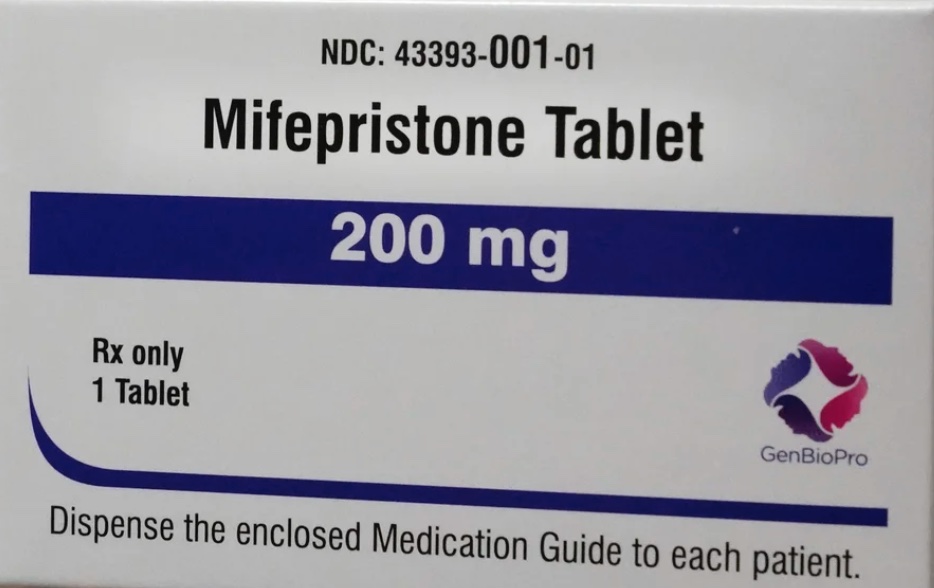The World Health Organization has released the latest editions of its global model lists of essential medicines, with numerous changes in access to treatment for a wide range of conditions, including a controversial update to its guidance on abortion drugs.
On Sept. 5, WHO published the 24th edition of its Model List of Essential Medicines and the 10th edition of the Essential Medicines List for Children. Updated every two years, the lists identify priority medicines that address the most pressing public health needs based on effectiveness, safety, cost, and disease prevalence. They serve as a blueprint for national governments to develop affordable drug formularies, particularly in low- and middle-income countries.
For the first time in two decades, the list now contains a dedicated section on medicines for medical abortion, specifically mifepristone and misoprostol, without any restrictive note that had accompanied their inclusion since 2005.
Previously, WHO specified that the drugs should be used “where legally permitted or culturally acceptable.”
That caveat has now been removed in the change approved by the 25th Expert Committee on the Selection and Use of Essential Medicines, which convened in Geneva from in May. The committee reviewed 59 drug applications before finalizing the new lists.
The update cites research demonstrating the safe use of the drugs by midlevel health providers, including a 2018 clinical trial in Kyrgyzstan where midwives effectively administered co-packaged mifepristone-misoprostol in rural communities.
WHO has long argued that medical abortion is a safer alternative to surgical procedures in areas where access to advanced care is limited. The timing of the release, just weeks ahead of International Safe Abortion Day on September 28, has amplified perceptions that the change was intended to bolster advocacy for expanded abortion access.
The 2025 update also expands access to new treatments for cancer and diabetes, including GLP-1 receptor agonists increasingly used for obesity-related conditions. The global lists now encompass roughly 500 medicines, shaping procurement strategies and improving access in resource-limited settings.
Pro-life groups have criticized the revision, warning that it promotes the global distribution of dangerous drugs while disregarding national laws. The move could place political pressure on countries with restrictive abortion policies to include the medicines in their own health systems.
WHO maintains that essential medicines lists are recommendations, not mandates. Governments ultimately decide whether and how to integrate the drugs into their own formularies.
President Donald Trump has initiated a withdrawal from the WHO in his second term. On Jan. 20, just hours after his inauguration, he signed an executive order formally notifying the United Nations of the US intent to withdraw, effectively restarting the one-year process that he began in 2020. The order revokes Biden’s 2021 reversal and directs the cessation of funding and negotiations on WHO initiatives like the Pandemic Agreement.
